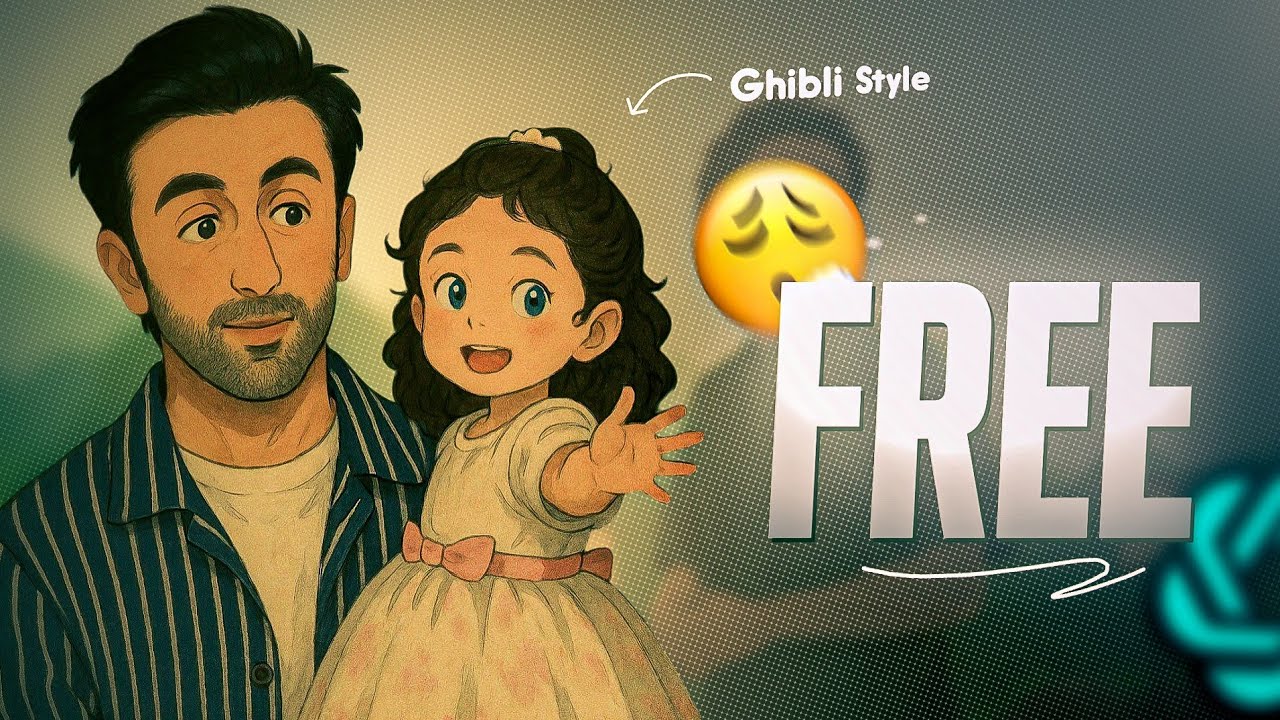Studio Ghibli is known for its breathtaking hand-drawn animation and unique art style that combines soft colors, detailed backgrounds, and expressive characters. If you’ve ever wanted to create Ghibli-style images without expensive software or artistic skills, you’re in luck! With ChatGPT and AI-powered tools, you can generate stunning Ghibli-inspired artwork for free.
Step 1: Accessing ChatGPT’s Image Generation Tool
To create Ghibli-style images, you need access to an AI image-generation tool powered by ChatGPT, such as OpenAI’s DALL·E model. Here’s how you can use it for free:
- Visit ChatGPT (chat.openai.com) – If you don’t have an account, sign up for a free one.
- Navigate to the Image Generator – Depending on availability, OpenAI provides an image generation tool integrated with ChatGPT.
- Use the Right Prompt – AI-generated images rely heavily on well-crafted prompts.
- Upload Your Own Image – If you already have an image, you can upload it to ChatGPT and use a simple prompt like: “Transform my image into Ghibli style.”
Step 2: Crafting the Perfect Ghibli-Style Prompt
To get the best results, describe the scene clearly while focusing on the Ghibli art style. Here’s an example of a prompt:
“A peaceful Japanese village in the countryside during sunset, drawn in Studio Ghibli style. The houses have wooden frames and paper lanterns glowing softly. A young girl with short hair and a red dress runs along a stone path, surrounded by lush green fields and cherry blossom trees. The sky has warm orange hues with fluffy clouds.”
Tips for a better prompt:
- Specify the art style: Use terms like Ghibli-style, hand-drawn, anime-inspired, soft lighting, watercolor textures.
- Describe emotions and ambiance: Ghibli films have a magical, nostalgic feel.
- Mention characters: Describe their outfit, expressions, and actions.
Step 3: Enhancing Your AI-Generated Image
Once the AI generates your image, you can improve it with free tools:
- Run it through an AI Upscaler: Websites like Let’s Enhance or Upscale.media can improve image resolution.
- Refine with Photoshop or GIMP: Adjust colors or add small details manually.
- Use Filters: Apps like Snapseed or Canva offer anime-style filters to enhance the Ghibli effect.
Step 4: Bringing Your Ghibli World to Life
If you want to create a full animation or interactive scene:
- Use Canva or Clip Studio Paint to animate slight movements.
- Try AI-powered animation tools like Runway ML to add motion.
- Combine images into a storyboard for storytelling.
Conclusion
Creating Ghibli-style images with ChatGPT is easier than ever, thanks to AI-powered tools. With a bit of creativity and the right prompts, you can generate stunning Ghibli-inspired art for free. Try experimenting with different prompts and tools to refine your artwork. Who knows? Your AI-generated Ghibli world could inspire your next creative project!

